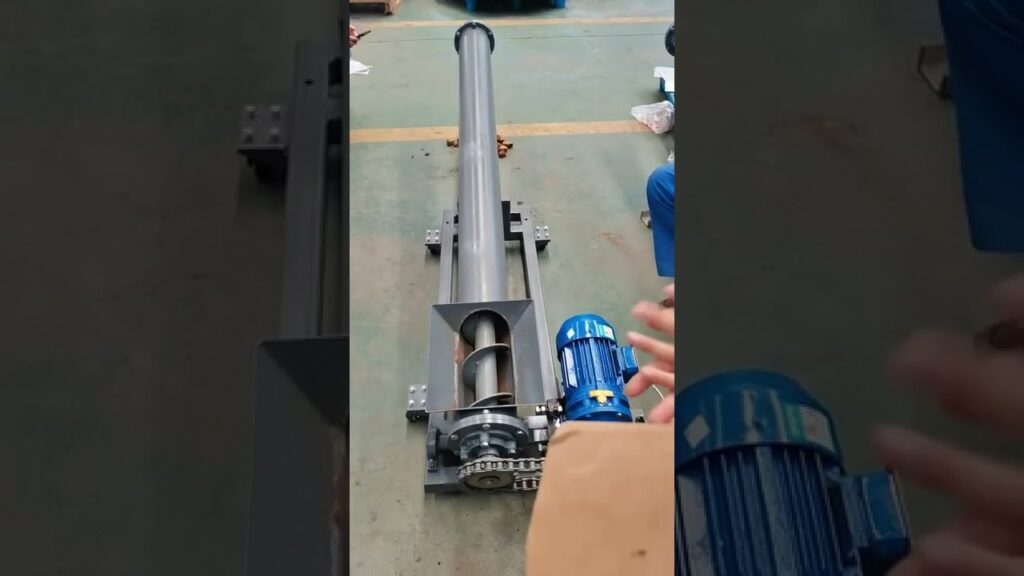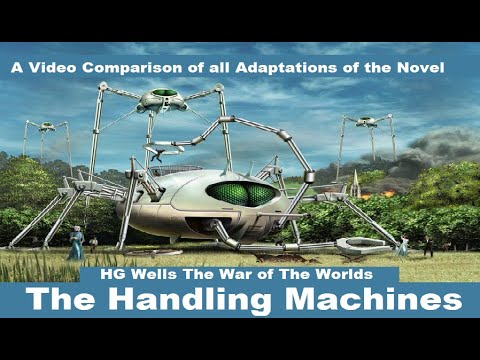Material handling equipment plays a crucial role in various industries, facilitating the efficient movement, storage, and protection of materials. However, choosing the right equipment for your specific needs can be a daunting task. In this article, we will explore the key factors to consider when purchasing material handling equipment.
Properties of the Material
One of the primary considerations when buying handling machines is to understand the properties of the material you will be handling. Whether the material is solid, liquid, or fragile, it will determine the type of equipment required. Solid materials often necessitate forklift trucks or cranes, while liquids may require pumps or specialized containers. Fragile materials, on the other hand, may demand gentle handling through conveyors or robotic arms.
Weight and Size
The weight and size of the material are crucial factors when deciding which equipment to invest in. Heavy and large materials may require heavy-duty equipment such as gantry cranes or pallet jacks. Conversely, lighter and smaller materials can be managed with lighter equipment such as hand trucks or carton clamps. By accurately assessing the weight and size of your materials, you can ensure optimal performance and avoid potential equipment malfunctions.
Space Constraints
Another vital consideration is the available space in your facility. If you have limited aisle space, narrow aisle forklifts or reach trucks may be suitable options. These equipment types are designed to navigate tight spaces while maintaining efficiency. Conversely, if you have ample space, you can opt for equipment like counterbalanced forklifts or automated guided vehicles (AGVs) for increased flexibility and productivity. Assessing your space constraints will enable you to make informed decisions that maximize the utilization of your available area.
Environmental Factors
Environmental factors must not be overlooked when purchasing material handling equipment. Certain materials may require specific environmental conditions, such as temperature-controlled environments or hazardous material handling facilities. In such cases, specialized equipment and safety measures need to be taken into account. By considering these factors, you can ensure the longevity of your equipment and the safety of your employees.
Ergonomics and Worker Safety
Prioritizing ergonomics and worker safety is crucial when selecting handling machines. Equipment with ergonomic features, such as adjustable controls or easy access for maintenance, can enhance worker comfort and reduce the risk of injuries. Furthermore, safety features like anti-slip surfaces, warning lights, and emergency stop buttons are essential for promoting a safe working environment. By focusing on ergonomics and safety, you can protect your workforce from accidents and enhance overall productivity.
Maintenance and Durability
The maintenance requirements and durability of material handling equipment are significant aspects that should influence your purchasing decision. Understanding the maintenance procedures, frequency, and costs associated with the equipment will help you plan and allocate resources accordingly. Additionally, considering the durability and expected lifespan of the equipment will allow you to make long-term investment decisions. Opting for reliable and robust equipment from reputable suppliers, such as Sureway International, can contribute to minimizing downtime and maximizing operational efficiency.
Cost and Return on Investment
Of course, cost is a critical factor in any purchasing decision. When buying material handling equipment, consider both the upfront cost and the long-term return on investment. While it may be tempting to choose the cheapest option, it is crucial to evaluate the overall value and performance of the equipment. A higher-quality, more efficient machine may have a higher price tag but can deliver substantial long-term savings through increased productivity and reduced maintenance costs. Conducting a cost-benefit analysis and consulting professionals in the field can help you make an informed decision.
In conclusion, purchasing material handling equipment requires careful consideration of several factors. Understanding the properties of the material, weight and size requirements, space constraints, environmental considerations, ergonomics and worker safety, maintenance and durability, cost, and return on investment are all crucial steps in the buying process. By thoroughly evaluating these factors and seeking guidance from trusted suppliers like Sureway International on Material Handling Equipment, you can make an informed decision that aligns with your specific needs and ultimately enhances your business operations.
Handling Machine
“Enhancing Efficiency and Streamlining Operations: Mastering Material Handling Equipment for Optimal Results and Increased Productivity”


